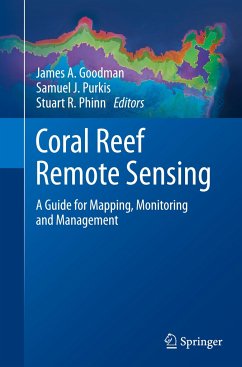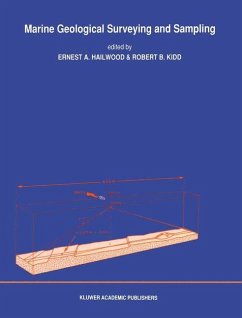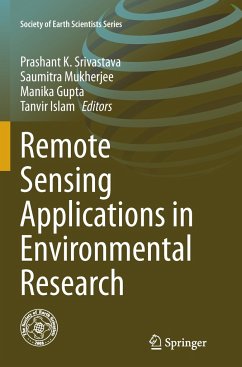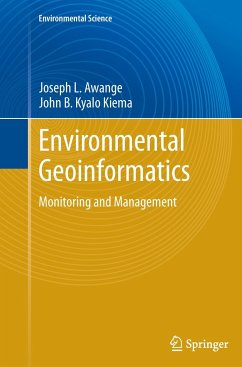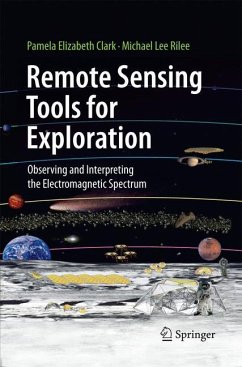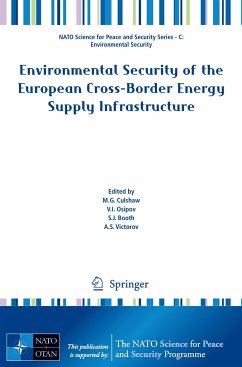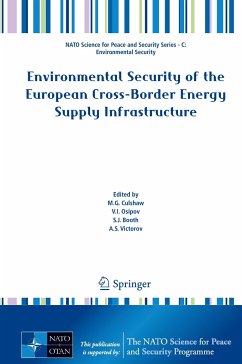
Imaging Spectrometry
Basic Principles and Prospective Applications
Herausgegeben: van der Meer, Freek D.; de Jong, S.M.

PAYBACK Punkte
57 °P sammeln!
A significant step forward in the world of earth observation was made with the development of imaging spectrometry. Imaging spectrometers measure reflected solar radiance from the earth in many narrow spectral bands. Such a spectroscopical imaging system is capable of detecting subtle absorption bands in the reflectance spectra and measure the reflectance spectra of various objects with a very high accuracy. As a result, imaging spectrometry enables a better identification of objects at the earth surface and a better quantification of the object properties than can be achieved by traditional e...
A significant step forward in the world of earth observation was made with the development of imaging spectrometry. Imaging spectrometers measure reflected solar radiance from the earth in many narrow spectral bands. Such a spectroscopical imaging system is capable of detecting subtle absorption bands in the reflectance spectra and measure the reflectance spectra of various objects with a very high accuracy. As a result, imaging spectrometry enables a better identification of objects at the earth surface and a better quantification of the object properties than can be achieved by traditional earth observation sensors such as Landsat TM and SPOT. The various chapters in the book present the concepts of imaging spectrometry by discussing the underlying physics and the analytical image processing techniques. The second part of the book presents in detail a wide variety of applications of these new techniques ranging from mineral identification, mapping of expansive soils, land degradation, agricultural crops, natural vegetation and surface water quality.
Additional information on extras.springer.com
Sample hyperspectral remote sensing data sets and ENVI viewing software (Freelook) are available on http://extras.springer.com
Additional information on extras.springer.com
Sample hyperspectral remote sensing data sets and ENVI viewing software (Freelook) are available on http://extras.springer.com



